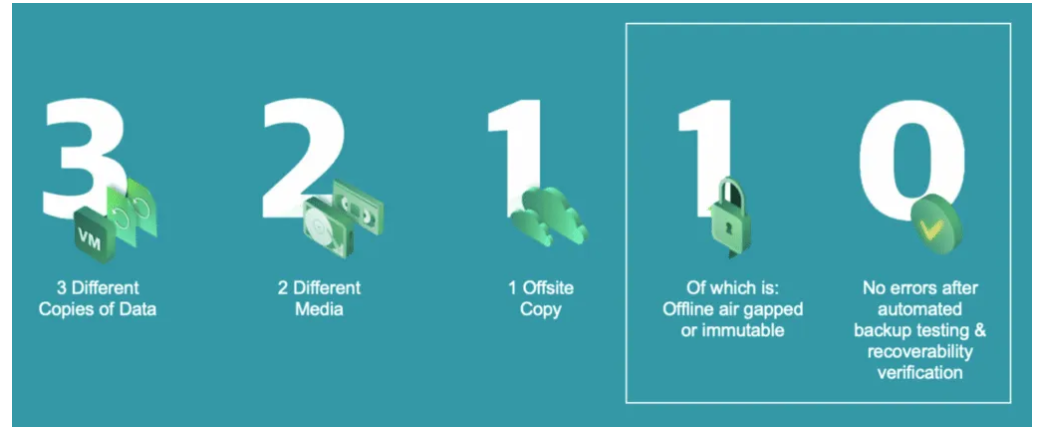As Work and Home Blend, Lost and Stolen Devices Threaten Security Solutions
Companies need a plan to secure employee devices before lost and stolen devices lead to major data breaches. By Tim Pritchett
Matrix Integration : Jul 26, 2023 3:10:19 AM
Whether innocently or on purpose, sometimes your own employees can steal or damage data. How does this happen, and what security solutions can help you prevent it?
By Tim Pritchett
What makes a good employee steal data?
It’s hard to say. It could be revenge, financial gain, or feeling ownership of work done at the company. Whatever the reasons, about 12 percent of employees who left an organization last year took some kind of data with them, according to the DTEX 2023 Insider Risk Investigations Report.
But it’s not just theft that threatens data. Employees account for 19 percent of all breaches, according to Verizon’s 2023 Data Breach Investigation Report, and those breaches aren’t always malicious. Sometimes devices get lost, and other times data gets exposed accidentally.
Here’s a few examples of data breaches by “insiders”:
When Insiders are Malicious
According to Verizon, 99 percent of all “Privilege Misuse” breaches – which are when legitimate logins and passwords are used for unapproved or malicious purposes – are caused by current or former employees.
Regardless of advanced malware protection or secure network defenses, protecting data from insiders with access and malicious intent is nearly impossible. They may do this for money, to obtain trade secrets, or retaliate against their employer. While never preventable, some key best practices can help bolster your overall security strategy. These include:
Who’s Making the Mistakes?
Unfortunately, when it comes to exposing data by mistake, it’s rarely the fault of end users. The vast majority are developers and system admins, according to the Verizon report. Remember the massive airline and FAA data losses earlier this year? The 2020 SolarWinds breach left thousands of companies exposed because those companies followed best practice and updated the software to the newest (compromised) version. The employees updating software and networks have a major responsibility to keep data safe and accessible, and sometimes errors happen. So how can you protect yourself against mistakes like deleting or exposing sensitive data?
Protecting Data from the Inside Out
Protecting your system from bad actors on the outside, but knowing that nearly 20 percent of data breaches and exposures happen from the inside means you need to have a strategy and plan for those scenarios as well. Contact Matrix Integration for a free cybersecurity assessment.
As managed IT providers, this security risk assessment will help us learn more about how your cybersecurity capabilities and data recovery processes measure up against both outside threats and those that could come from employees. We have security solutions for SMBs as well as for enterprise-level companies. Has your company ever experienced a breach from the inside? How did you handle it?

Companies need a plan to secure employee devices before lost and stolen devices lead to major data breaches. By Tim Pritchett

A single backup of your data isn’t good enough anymore. The 3-2-1-1-0 backup rule can help make your recovery worry-free.

Data center services and solutions for three common scenarios that can lead to major data losses By Tim Pritchett
Matrix Integration’s expertise and access to cutting-edge technology positions us to provide the right technology solutions for the critical challenges you face.